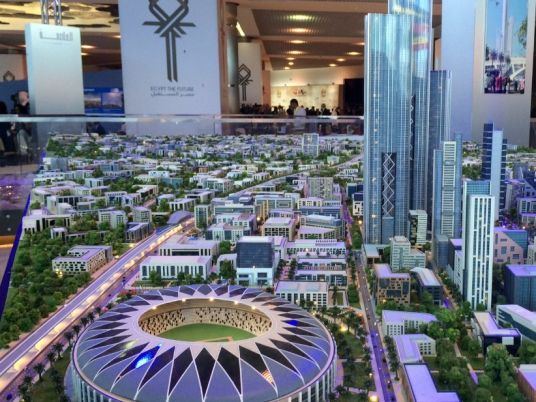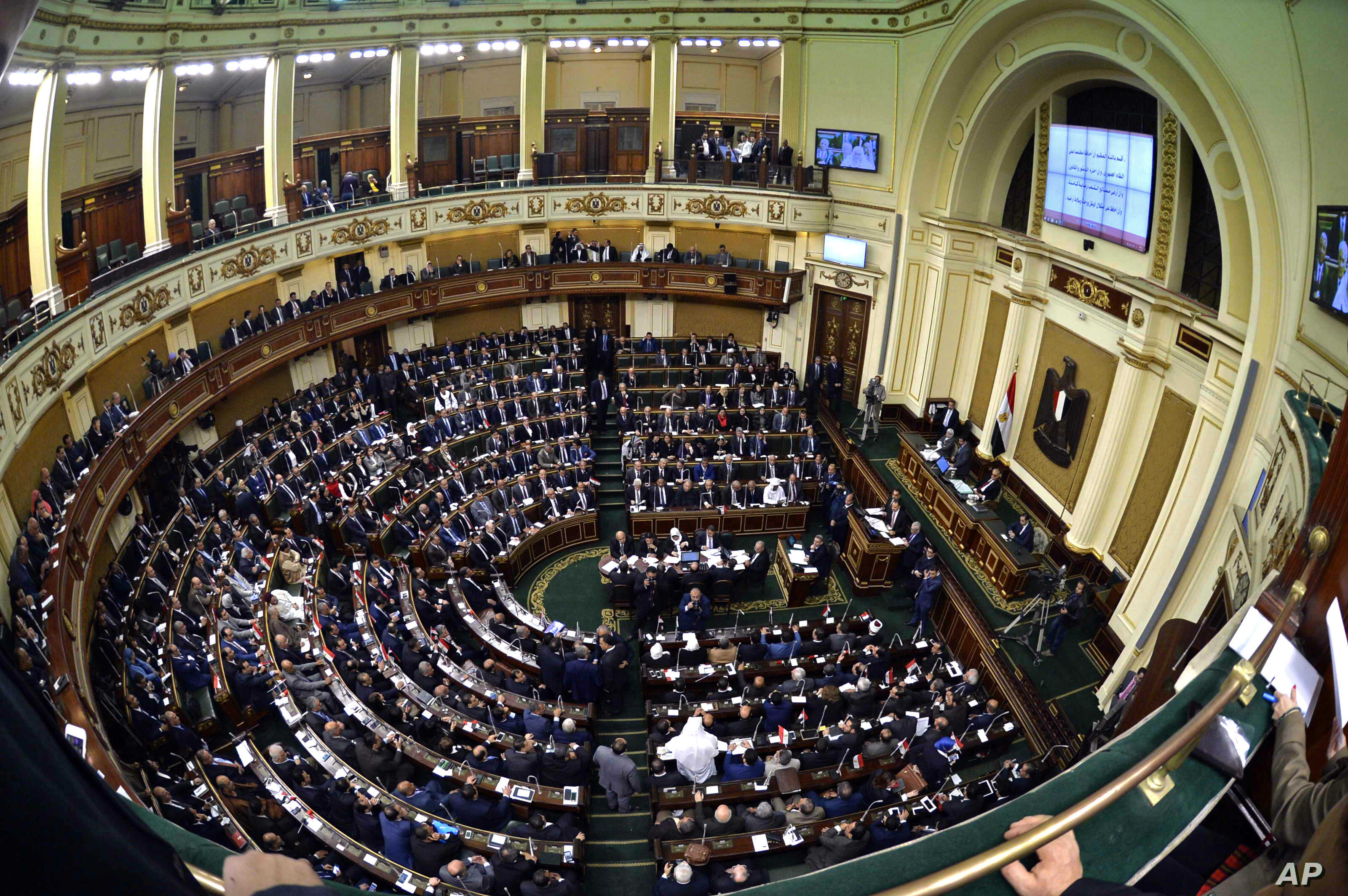
Ahmed Zaki Abdin, head of the Administrative Capital for Urban Development, the company responsible for developing Egypt’s new capital, said Tuesday that the New Administrative Capital is an investment project that will not cost state coffer even a pence. He added that the first phase of the mega-project will be completed within three to four years.
He pointed out that 25,000 housing units and 1000 villas will be put up for sale by the end of March, highlighting that, upon completion, the new capital will match the most modern capitals in world.
Government district
Abdin explained that the capital’s government district is being built at a cost of about LE40 billion and was funded by the earnings aquired from land sales.
“The New Urban Communities Authority is currently building a residential neighborhood and when these apartments are sold, we will get the price of the land. The armed forces will also build an investment residential neighborhood which will be sold to citizens and investors and we will get the price of the land and complete the [remaining] stages of the city,” he said.
He explained that the first phase of the project stretches over an area of 40,000 feddans (one feddan is roughly the same as one acre). Upon completion, the second and third phases will be started.
“We have 20 years until the Administrative Capital is fully completed,” Abdin said.
“We are establishing basic institutions within two years from now, including the headquarters of the presidency, the parliament, the cabinet, the ministries, the opera and the cultural center. A large part of the smart village will also be completed, as well as the banking district,” he stressed.
According to the official, the New Administrative Capital is a joint venture between the Armed Forces Land Projects Agency (AFLPA), the National Service Projects Organization (NSPO) and the New Urban Communities Authority (NUCA).
The capital’s districts
Abidin said that the new capital will consist of 8 residential neighborhoods, an embassies district, a government district, a banking district, the city center, the City of Justice (for courts and prosecutors), Knowledge Land (smart village) and a cultural city. He added that the width of the main roads in the new capital will be 124 meters, a width that allegedly has never been used before in Egypt.
He added that there is a Chinese project consisting of 21 towers which will form part of the Central Business District, noting that among these towers is one with a height of 324 meters.
He explained that two residential neighborhoods with 50,000 housing units, 2000 villas, 60 private schools, and 8 universities are currently being constructed.
“The population of the New Administrative Capital will reach 2 million people that will live over an area of 40,000 feddans and will reach 6 million after completing it after 20 years,” Abdin said.
Abidin estimated the amount of expenditure spent on projects in the capital so far at between LE15 and LE20 billion.
Critique
The Egyptian government announced it was building a new capital at the Egypt Economic Development Conference on 13 March 2015. As with the host of other new cities the country has built on the desert edges of existing urban settlements since the late 1970s, the aim of the new capital is to ease congestion and overpopulation in Cairo.
A host of local and international urban planners have criticized the construction of the new capital, saying that investments should instead be directed to the poorly-managed and underserved existing cities. For instance, renowned Egypt-based planner David Sims has said that he doubt’s that the city will be successful considering that the vast majority of the country’s other desert cities have failed to meet their targets. In a blunt comment, Sims stated that “Egypt needs a new capital like a hole in the head.”
Edited translation from MENA




